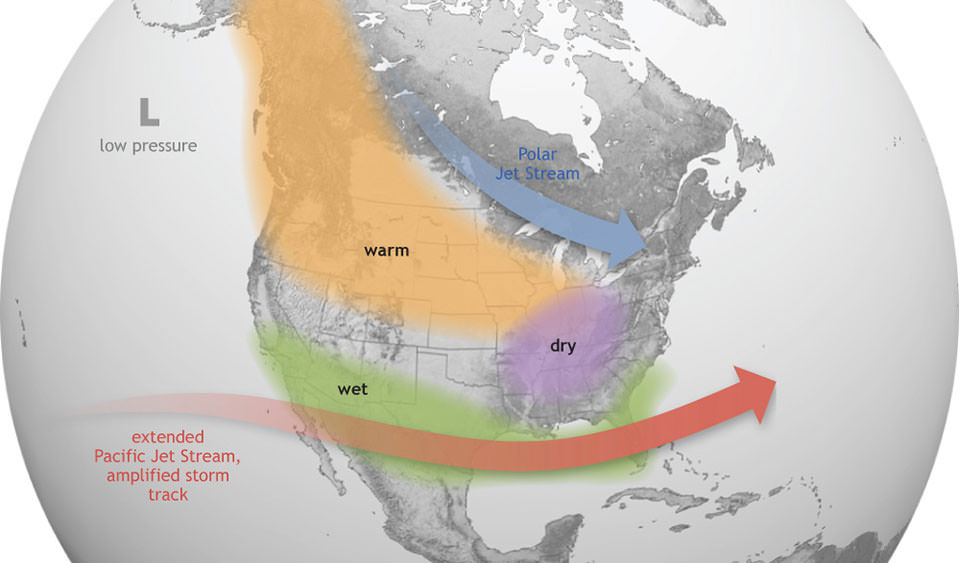
New Climate Report Shows Unprecedented New Records
By Pedro Hernández, Ivanhoe Sol
If 2023 is any indication of what is to come, then Ivanhoe and Tulare County are in for intensifying weather regimes. This year, Ivanhoe saw some intense rain, record-breaking heat, flooding, and even a funnel-cloud tornado in the area.
Remember the August hurricane that hit Mexico? It caused it to rain in the San Joaquin Valley!
On Friday, Oct. 13, the National Oceanic and Atmospheric Administration (NOAA) released a report that concluded September 2023 was the warmest September in the organization’s global climate record.
Moreover, this was the peak of a four-month stretch of record-breaking global temperatures. NOAA’s Chief Scientist says, “to put it another way, September 2023 was warmer than the average July from 2001-2010.”
Global Trends
For the Ivanhoe reader, this data may seem abstract and distant from Tulare County but a deeper dive into global trends can illuminate the situation further.
Every major region of the planet has experienced new record temperatures. According to NOAA, Africa, Europe, North America, South America, and Antarctica experienced the warmest September on record. Meanwhile, Asia and the Arctic both experienced the second-hottest September on record.
Aside from land geographies, the oceans, which cover 70 percent of the Earth’s surface, have also experienced historic warming. The agency reports, “For the sixth consecutive month, September also saw a record-high monthly global ocean surface temperature. September 2023 tied August 2023 for the highest monthly sea surface temperature anomaly (1.85 degrees F, or 1.03 degrees C, above average) of any month in NOAA’s global record.”
This has led to a drastic decrease in Arctic sea ice – an important climate indicator.
Sea ice performs the critical role of regulating planetary temperatures by reflecting sunlight back to space and keeping sea air cool which both affect global weather patterns. In other words, when there is less sea ice the planet gets warmer and for longer periods of time.
This year, the planet has less capacity to reflect heat due to all-time record lows in ice coverage. For example, September 2023 set a record for the lowest global September sea ice extent on record where globally, the amount of sea ice was 590,000 square miles less than the previous record low from September 2016.
Weather Intensifies in Central California
With an eye towards the San Joaquin Valley, these global warming records lead to the San Joaquin Valley feeling the effects of “El Niño”.
An often confusing name for weather trends, “El Niño” is a shortened version of “ El Niño de Navidad” (the child of Christmas) referring to the end-of-year warming temperatures in the Pacific Ocean observed by Spanish colonizers.
When ocean temperatures are rising, El Niño causes the “Pacific Jet Stream” to move south and spread east, meaning that central and southern California are at heightened risk for above-average rainfall and flooding with generally warmer-than-average temperatures.
The increased potential for above-average rainfall will provide an opportunity to replenish the San Joaquin Valley’s water resources which have been adversely affected by prolonged drought and industry overuse.
In the upcoming months, the Ivanhoe Sol team will pursue investigations pertaining to what Tulare County is doing to protect unincorporated communities like Ivanhoe from the intensifying impacts of climate change in the region.
If you would like to be interviewed, have any information, or would like to provide suggestions on topics pertaining to climate impacts on Ivanhoe, please contact us at theivanhoesol@gmail.com

Comments are closed.